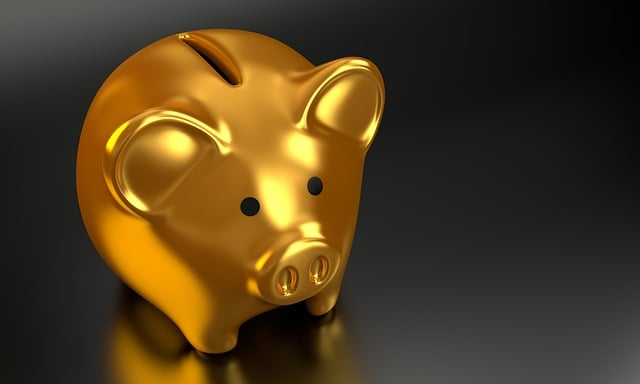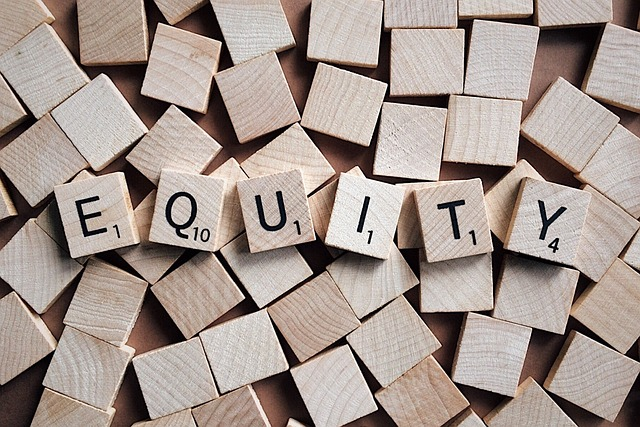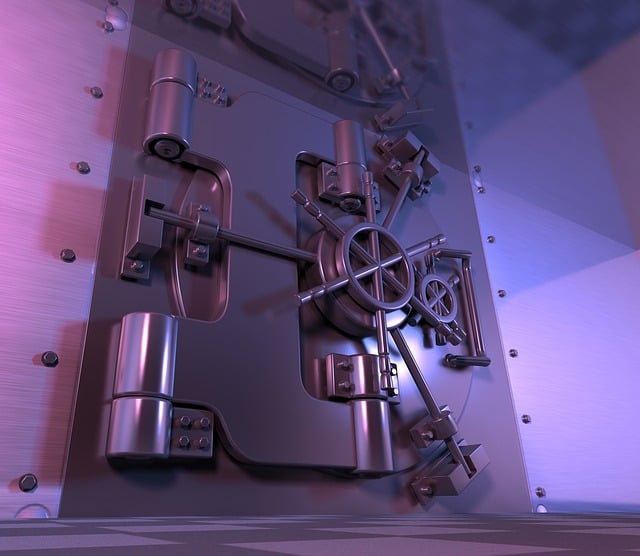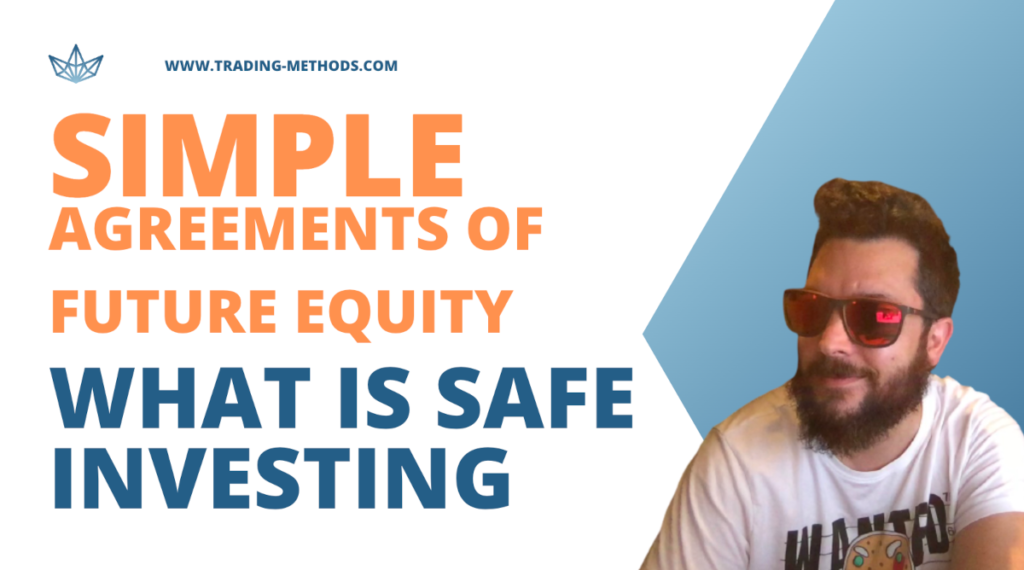In this post, I’ll tell you the truth about SAFE investment. What’s a SAFE? And how it works.
I’ll try to answer some of the most frequently asked questions about SAFE contracts.
let’s dive in.
“Simple Agreements of Future Equity”
SAFE notes are a growing financing method for early-stage investment companies. If you invest early, it would be helpful to understand how SAFEs work for VC companies. We will discuss the advantages and risks that the SAFE system offers investors and their benefits. SAFE means “Simple Agreements of Future Equity”. It was introduced in 2013 as a response when it found early business owners were having problems with raising funding.
Before we get started, if you would like to learn more about investing, make sure you read my other post on that subject:
What are private equity funds and how do they operate? or Why should you diversify your investments?
Table of Contents
- What is a SAFE Investment?
- How does SAFE Investment work?
- How SAFE Benefits Investors and Founders?
- Why would you use a SAFE in the first place?
- Drawbacks and Considerations When Using SAFEs
- Moderate-risk investments
- SAFE vs. Convertible Notes: How to Choose?
- Can I cash out my SAFE investments?
What is a SAFE Investment?
A SAFE is an acronym for a simple agreement on future equity.
By giving cash in exchange for a contract,
the investor has the right to convert his investment into equity in the future.
Investing in a contract, a legal contract with the company,
the investor exchanges cash for that contract, which is a form of equity in the future.
As an investor, you must understand that you don’t have equity.
that a thing that’s certain isn’t credit, that’s, there’s no debt associated with it,
don’t have to pay it back.

As for the entrepreneur from a legal standpoint, it’s not equity,
but it becomes equity based on a couple of different things that I’m going to talk about next.
How does SAFE Investment work?
if you’re a startup investor and you invest via a secure contract, what actually triggers this feature to become equity in the future?
There are four main components of a secure contract
Typically, a SAFE contract is only a few pages long. It’s a legal document, so it’s actually not very long, and it contains four different sections.
The most important thing with the terms is:
What is the triggering event?
Basically, you’ve to have qualified funding in the future.
An additional round of funding
typically, the startup has to raise an additional round of funding to convert your contract into equity on the terms of the future funding
For example, a future round of funding may trigger it. The SAFE holders convert to equity depending on the terms of the SAFE contract.
this conversion to equity, but the entire round could be why you have this qualified funding event. This trigger event is triggered because you preferred the company to be able to continue to raise funding when it needs it.
IPO or a Sale
Another example of a triggering event, and that liquidity event could be an IPO or a sale of the company, it doesn’t have to be a future financing round.
It could be a financing round, but it could also be an actual acquisition, and the safe holder usually gets the same terms as the future investor or whatever the IPO or acquisition is.
Now, this is related to the other terms.
How SAFE Benefits Investors and Founders?
Sometimes with a SAFE, there is a valuation ceiling. A valuation cap is simply the maximum valuation at that trigger event.
Providing investors with diversified options, SAFE offers founders the benefit of a stable and reliable financial model.

Basic example
Suppose they invest $100000 with a valuation cap of zero and then the company grows very rapidly in the future and now the company is worth $100 million.
they’re so diluted that they’ve hardly any shares in the company, and they’ve no real advantage from being an early investor.
By design, The valuation cap protects the startup investor because they’re taking this unnecessary risk at the very beginning, at the earliest stage, when the risk of failure is highest. Protect them with a valuation cap.
By designing the valuation cap to protect early-stage investors,
so that they don’t get diluted by a very high valuation in the future.
it’s very important to have some kind of valuation.
A discount rate
Another possibility is to use a discount rate. a discount rate works much like a valuation cap, where you give the early investor a discount for taking the initial risk on the company.
the valuation cap and the discount rate can work together, or you can use just one of these terms.
Pro-RATA rights
This isn’t always included, but what it says is that it gives the SAFE holder the right to invest in future rounds of financing to maintain his own position.
Often there are different valuation caps on the money valuation of the SAFE and a minimum value for the pro-rata right in each round of financing.
These investors can participate in the new money valuation and maintain their shares without diluting.
Are SAFEs equity?
SAFE means Simple Agreements on Future Capital. Developed by Y Combinator’s team who are currently using the method to invest in the company. It’s sometimes hard to assign value to startups, as they usually have very low data. This is where a SAFE comes into play – a type of convertible notes that allows your money valuation delayed until later. A SAFE does not involve debt or equity and has no interest rates. Can you imagine how your business could fail? Whenever the companies fail, the profits return to the investor.

Why would you use a SAFE in the first place?
As investor or entrepreneur, there are a number of reasons.
There are two main issues when you’re trying to invest in an early-stage company.
The first is figuring out what the money valuation is.
if you use a SAFE, you just put this question off, you are eliminating many risks because it’s more well-defined.
The second issue to mention is the time and cost involved in creating legal documents.
More sophisticated investors often preferred to have different terms and negotiate different things.
with a safe, this isn’t necessary because it’s a simple agreement for future equity.
Drawbacks and Considerations When Using SAFEs
If investing through SAFE, Some advice for investors:
SAFEs are good for both the entrepreneur and the investor.
Cheap – from a timing, legal, and accounting perspective because they’re often well formatted. You don’t have to create them from scratch, that’s very clear, you can find a lot of good sources on the Internet.
Quick – easy to implement, from a cost-benefit analysis when procuring on secure versus convertible notes.
The entrepreneur convertible notes often have some sort of maturity date right it’s a loan. of fundraising, it’s much easier to have a SAFE.
Since the SAFE doesn’t become a debt, it doesn’t become a loan, whereas convertible notes have some time pressure associated with them.

Crowdfunding has proven its value to early-stage technology companies over the last five to ten years. You don’t have to set a valuation, just a reasonable cap on the valuation. and then continue to grow the company, raise the funding, and it’s a scheme.
Drawbacks Using SAFEst investments
There are a few things you need to keep an eye on.
When you make an investment as an investor, you really have no idea how many shares you’re actually going to get.
In the first scenario, the company is growing and the valuation cap was reasonable, you can make a reasonable assumption by converting your holding to the valuation cap. assuming they raise more money at a valuation that’s above the valuation cap, you get in.
In the second scenario, the company performs well, you can assume that the valuation cap will occur. If the company performs poorly, it was a bad investment and the investment will probably go to zero.
Investors have difficulty understanding a SAFE, they’ve been doing this for many years and know exactly how much of a stake they’ve in a company. The concept of future equity is somewhat confusing to them and they don’t like it.
SAFE helps the entrepreneur to raise money quickly and cheaply and not have the time pressure of convertible notes.
Moderate-risk investments
Generally, if you’re thinking about investing in a company that’s a using SAFE
The number one thing you need to watch out for is the valuation cap.
is way too high or there’s no valuation cap?
Number two, you should look out for whether there are complicating terms. A simple future equity agreement should be simple, so if there are all these different provisions and the contractor takes time to explain them in their cover letters
Third, there’s no transparency about prior funding in the prior terms.
When a startup raises SAFE funding, it should say that it’s already raised x dollars.
SAFE vs. Convertible Notes: How to Choose?
A convertible note is something that’s converted into a debt instrument, i.e. there’s a maturity date for it.
The interest rates are like a bank loan and often the entrepreneur doesn’t want that because he doesn’t want to have debt on his balance sheet.

On the other hand, the investor doesn’t like it either, because he doesn’t want a loan. He’s not a bank, he’s an investor trying to invest seed money so the company can grow very quickly.
they don’t want to get their money back with interest rates.
A loan can never be converted, SAFEs aren’t debt and never will be unless the terms are different,
Otherwise, it would be convertible notes.
Can I cash out my SAFE investments?
Generally, owning a SAFE contract, technically you don’t have the option to cash out your money. You’re locked in for the next five to ten years. If the company does another round of financing, there may be an opportunity on the secondary market or through a private placement where you can sell to a prospective investor and cash out all or part of your money.
if the startup dissolves the company before the liquidity event, they never go public, never gets bought, never raises more money, and the company shuts down.
What happens quite often is that SAFE holders get their investment back, with or without interest rate, before the company’s shareholders receive a distribution.
When the money is available, they’ll pay off the SAFE holders to some extent even before the founders get any of the money.
Hope you have some knowledge about SAFE investments.
